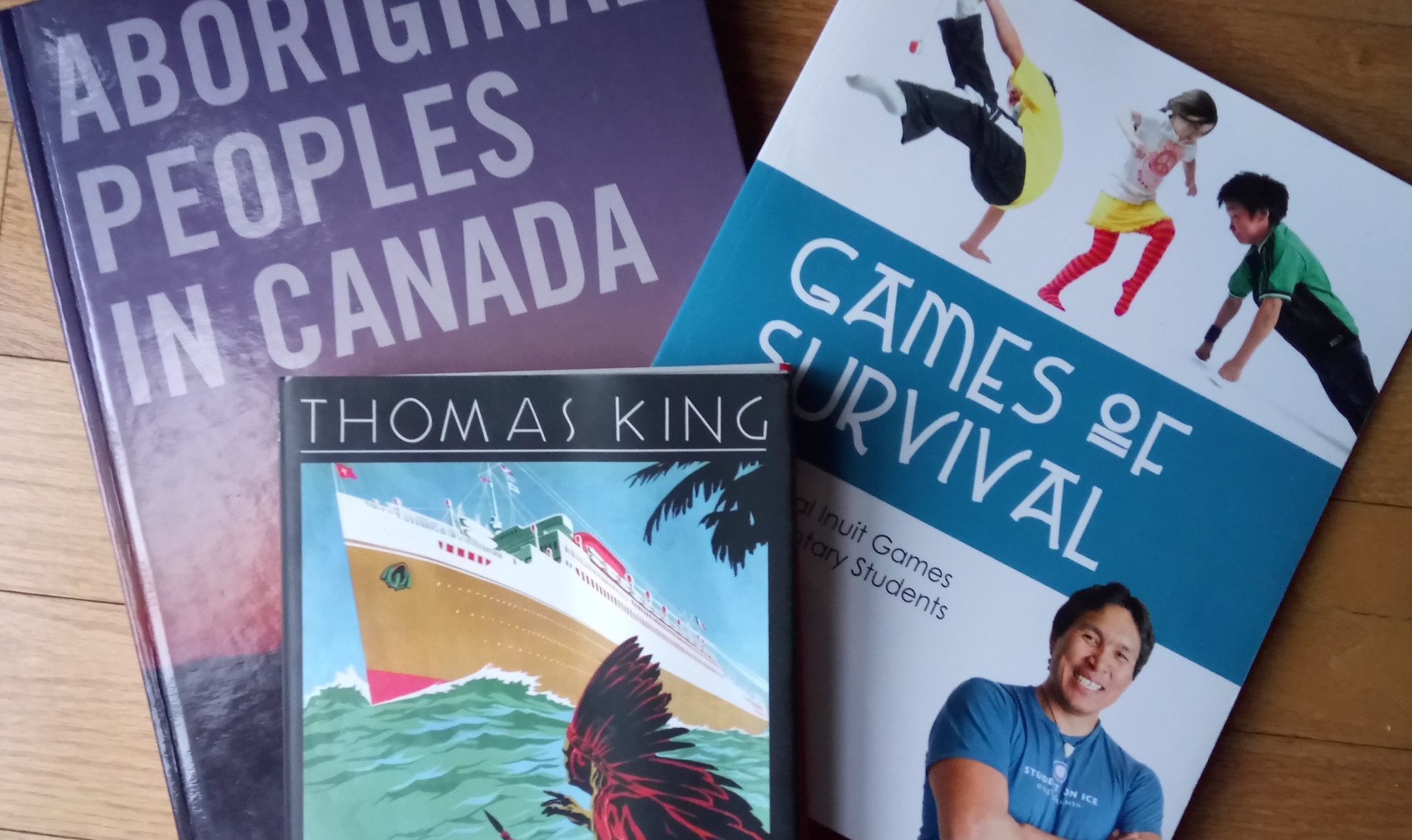If you have been reading my site for a while, you know that I am not Indigenous. Rather I am an Italian-Canadian educator who has been doing my best to work alongside Indigenous nations for almost two decades.
In this issue, I have decided to wade into an evolving conversation about the responsibilities of non-Indigenous educators when it comes to choosing which Indigenous content and guest speakers to invite into their classrooms. This conversation requires care because it emerges from a context of colonialism, genocide, and the resulting trauma from these violent processes.
When I speak to teachers, one of the first concerns many share with me is that, when they teach Indigenous content, they want it to be "authentic." This feels like a sharp contrast to the conversations I have with Indigenous colleagues, Elders, and friends where the word authentic never really comes up.
As non-Indigenous educator I understand the desire to not make mistakes, to represent Indigenous ways of knowing in our classrooms in a way that is both coherent and also emerges from sources which are legitimate. A quick search on the internet will reveal many sources, and it can be difficult to assess which ones are accurate.
However, I have two concerns about the word authentic.
1. I want to make sure that non-Indigenous educators like myself are not equating "authentic" with "pre-contact." Indigenous ways of knowing, arts, crafts, philosophies, and writing, change over time, just as the products of any culture or Nation do. One example that pops into my mind right away is the Church of The Immaculate Conception on M’Chigeeng, Manitoulin Island. Is a Catholic Church which incorporates Anishinaabe worldviews in its layout and traditions "authentic"? Who gets to decide?
2. The other concern that I have is that, from my observation, non-Indigenous people and institutions have made errors in identifying who is Indigenous and thus who can bring "authentic" Indigenous learning to classrooms.
This is a complex phenomenon to write about, especially as a non-Indigenous person. Many Indigenous people have been forcibly separated from their families and their teachings as a result of colonial systems, both past and present. I am not referring to these folks.
My concern is with people who have no claim to Indigenous identity taking it on suddenly, lying about the Nation that they belong to, and then being invited into classrooms and educational spaces by non-Indigenous educators to give teachings.
In my experience, the folks who fall into this category are often quite appealing to schools as guest speakers. Perhaps it is their availability, schedules not filled with as many responsibilities to community and family. Or maybe because from what I have observed in Toronto, the "teachings" they offer are often palatable and easy to accept by non-Indigenous audiences.
What this amounts to is information that is not emerging from Indigenous communities and the diversion of schools funds away from Indigenous people and communities. I do not have easy answers for us on this one, but I do have some questions that I can offer.
Questions to consider
- What relationships do educators need to form to ensure that they are proceeding with teaching Indigenous content in a good way?
- Who at your school board or school is responsible for recruiting or approving Indigenous guest speakers? What relationships have they fostered with Indigenous communities?
- What process do you use to schedule guest speakers?
- What is their affiliation to community? How do you know?
- Are non-Indigenous teachers (like myself!) willing to slow down processes to ensure we do not make a mistake?
- What responsibilities do institutions or schools who have formerly invited in people pretending to be Indigenous have to the greater community when they realize they have made this error?
I was afraid to write this article because I do not want to scare non-Indigenous educators off from this work. As Dr. Jean-Paul Restoule writes, Instead of asking, "Do I have the right to teach this material?” ally teachers should reframe the question as “What is my responsibility?”
However, I do believe we need to collectively acknowledge our responsibility to not perpetuate further harm against Indigenous communities, and to really listen to them when they tell us who we should uplift in our classrooms and who we should not.
In order to do this, it is essential that we cultivate longstanding, reciprocally beneficially relationships with Indigenous communities in our region.
I want to thank my colleague Doug Anderson for reviewing this piece, and for his suggestions and reminders. Two amazing resources that you can bring into your classroom that Doug has been involved in are Natural Curiosity and FourDirectionsTeachings.com
If you or your school/organization wants to continue this discussion, reach out to me using my contact form found here.



